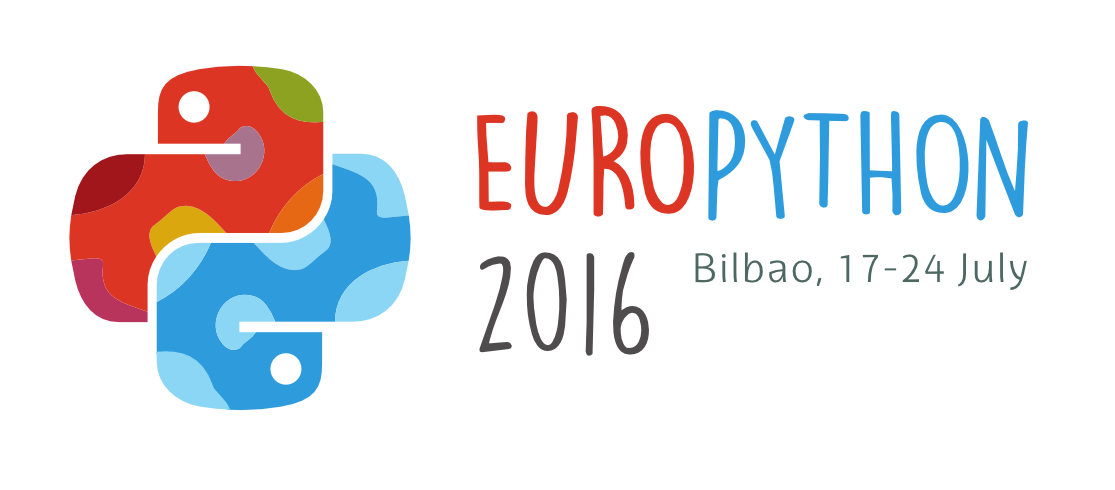Managing Kubernetes from Python using Kube
Abstract
Docker has had a transformative influence on the way we deploy software and Kubernetes, the Google Borg inspired control plane for Docker-container- hosting-clusters, is gaining similar momentum. Being able to easily interact with this technology from Python will become an increasingly important capability in many organisations. I’ll discuss what the motivations behind writing Kube. We’ll dive into Kube using the Python interactive interpreter, getting connected to the API, and simple viewing and label update operations. Finally I’ll discuss more advanced resource management activities like Kube’s ‘watch’ API capability.
Objectives
Attendees will learn about the key concepts in getting resource information out of their Kubernetes cluster using Kube.
Outline
- Setting the scene (3 minutes)
- Other Python kubernetes wrappers (2 minutes)
- Kubernetes concepts quick recap (5 minutes)
- Dive into Kube in the Python interactive interpreter (10 minutes)
- Outline prerequisites
- The entry point - a Cluster instance
- Views and Items - two important Kube concepts
- Item meta data: labels and versions
- More Kube features (5 minutes)
- Creating and deleting resources
- Using Kube’s Watch API support
- The cluster proxy attribute for when you need to get at the actual API.
- Q&A (5 minutes)
